Imagine biting into a banana that’s so creamy and sweet, it feels like you’re eating a scoop of vanilla ice cream. Now, picture that same banana glowing like a secret jewel when you shine ultraviolet light on its skin. This isn’t a fantasy from a faraway planet or a trick of the imagination—it’s a real fruit, and its story is as magical as it sounds. The world of bananas is full of surprises, but none are quite as enchanting as this rare, almost mythical variety. Let’s peel back the layers and discover the science, mystery, and wonder behind the banana that tastes like ice cream and glows under UV light.
The Blue Java Banana: Nature’s Ice Cream Treat
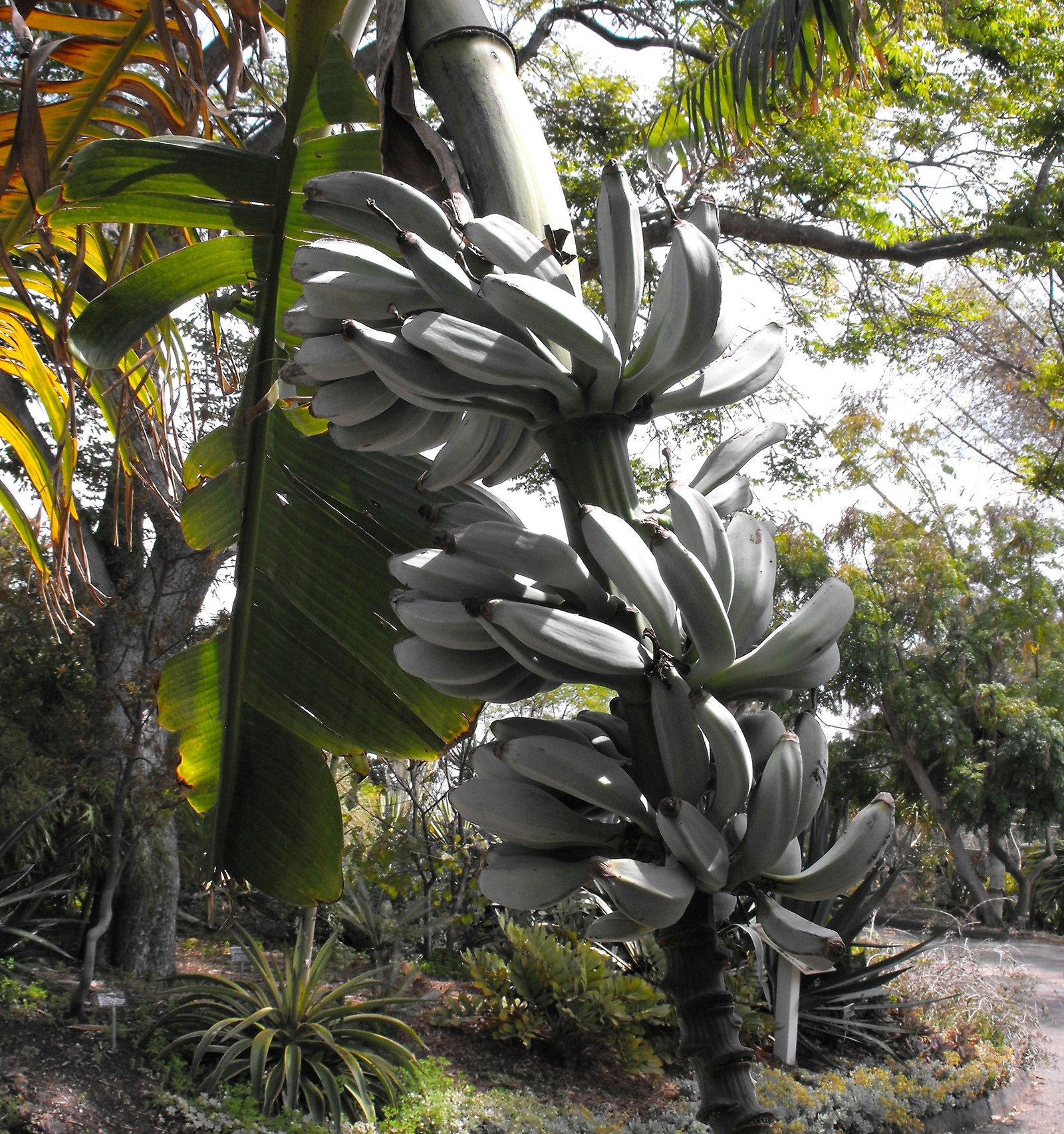
The Blue Java banana, often nicknamed the “ice cream banana,” is a true marvel of nature. Unlike the familiar yellow Cavendish banana, Blue Java bananas have a silvery-blue skin when unripe, making them look like something from a fairytale forest. Their flesh is creamy white and has a texture that is softer and silkier than regular bananas. When you bite into a ripe Blue Java, you’re met with a flavor that’s shockingly reminiscent of vanilla ice cream—a blend of sweet, subtle vanilla notes with a hint of custard. This taste has made the Blue Java a prized fruit among collectors and adventurous gardeners. It’s not just about the flavor, though; the entire eating experience is surreal, as if dessert is growing right on the tree.
Unraveling the Glowing Mystery: UV Light and Banana Skins
What’s even more astonishing than the taste is the banana’s ability to glow under ultraviolet (UV) light. Many people are surprised to learn that certain fruits, including some bananas, have compounds in their skins that fluoresce under UV light. In the case of the Blue Java, this glow is particularly striking. The phenomenon isn’t just for show—it occurs because of natural chemicals called flavonoids and other secondary metabolites that react to UV rays. When exposed to these invisible rays, the skin emits a soft, ethereal blue-green glow, making the fruit look like it’s been plucked from an enchanted grove. This trait has fascinated botanists and photographers alike, adding another layer of intrigue to an already extraordinary fruit.
Where Does the Blue Java Banana Grow?
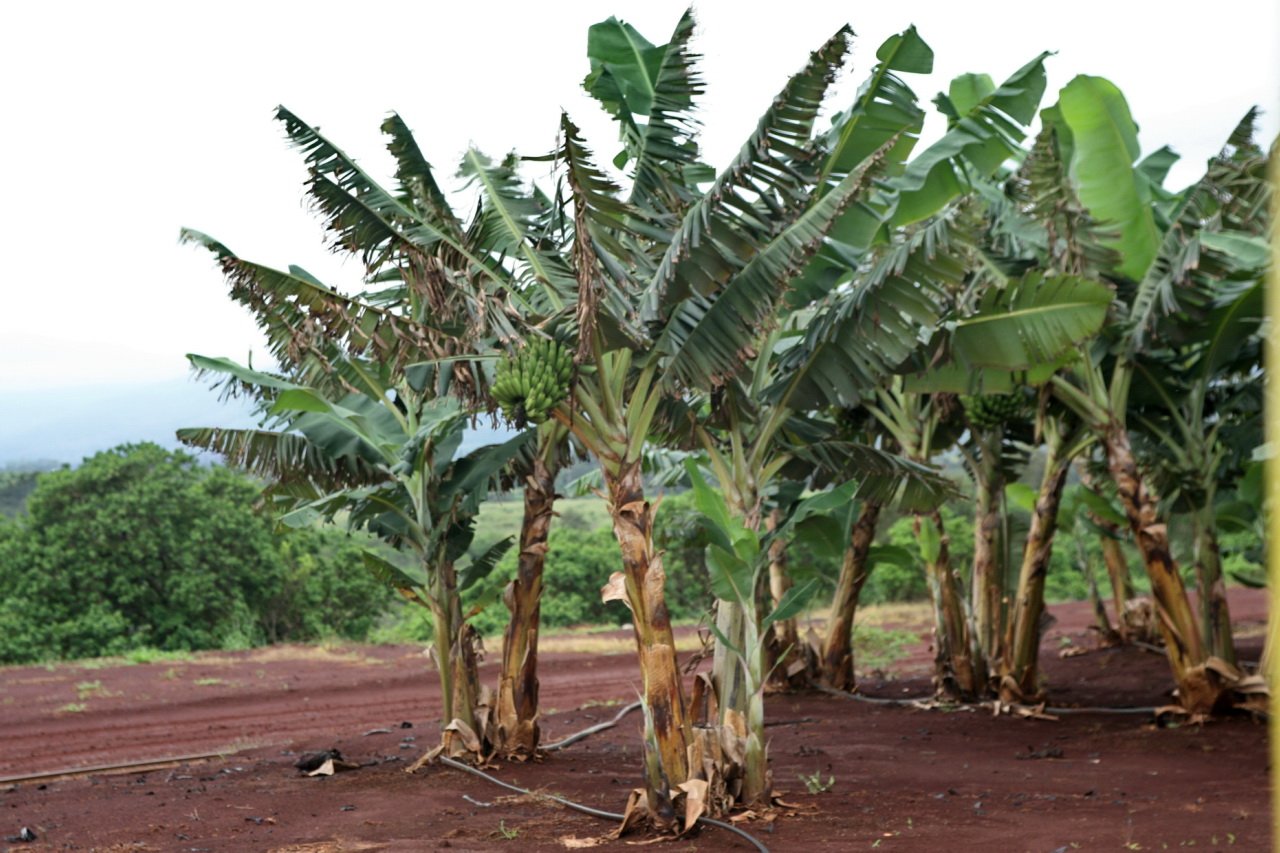
The Blue Java banana originates from Southeast Asia, but its journey didn’t stop there. Over time, this banana has spread to tropical and subtropical regions around the world, including Hawaii, Central America, and parts of Australia. The plant thrives in warm, humid climates and can even tolerate cooler temperatures better than most banana varieties. Gardeners often marvel at the plant’s resilience, as it can survive mild frosts that would kill other banana crops. Its adaptability makes it a favorite among home growers seeking something out of the ordinary, and its unique appearance adds an exotic touch to any backyard or orchard.
The Science Behind the Ice Cream Flavor

You might wonder what gives the Blue Java banana its signature ice cream taste. The answer lies in its unique blend of sugars, acids, and natural aromatic compounds. Compared to standard bananas, Blue Java bananas have a higher content of certain volatile esters—chemicals responsible for sweet, fruity aromas. This combination tricks your senses, making the fruit taste richer and creamier, much like a scoop of vanilla ice cream. The texture also plays a role; the fruit’s soft, almost whipped consistency enhances the illusion of eating dessert. Scientists studying the banana’s chemistry are still uncovering how this magical flavor profile evolved, but it’s clear that nature has crafted something truly special.
How the Blue Java Banana Glows: The Science of Fluorescence
The glowing property of the Blue Java banana isn’t just a party trick—it’s a fascinating result of plant chemistry. When UV light hits the banana’s skin, certain molecules absorb the energy and re-emit it as visible light. This process, known as fluorescence, relies on the presence of flavonoids and other antioxidants that naturally accumulate in the banana’s peel as it ripens. The blue-green glow is most vivid when the banana is just turning ripe, creating a magical moment that feels almost otherworldly. Scientists believe this glow might have evolved as a way to attract animals that help disperse the seeds, proving once again that nature often hides its most beautiful secrets in plain sight.
Growing Your Own: Tips for Cultivating Blue Java Bananas
For adventurous gardeners, growing Blue Java bananas is an exciting challenge. Unlike common banana varieties, Blue Javas require a bit more space and patience, as the plants can reach up to 20 feet in height. They need well-drained soil, consistent moisture, and plenty of sunlight to thrive. One of the best things about this banana is its cold tolerance; it can survive brief freezes, making it possible to grow in regions where other bananas would struggle. With the right care, the plant produces clusters of silvery-blue bananas after about two years. Watching these magical fruits develop is a reward in itself, and harvesting your first bunch is an unforgettable experience.
The Nutritional Benefits: More Than Just a Pretty Face

Beyond their dazzling appearance and delightful taste, Blue Java bananas are packed with nutritional value. Like their yellow cousins, they are rich in potassium, vitamin C, and dietary fiber. But they also contain higher levels of certain antioxidants, thanks to the compounds responsible for their unique glow. Eating Blue Java bananas can help support heart health, improve digestion, and boost the immune system. For people looking to add variety and nutrition to their diets, these bananas are a delicious way to do it. Plus, their creamy texture makes them perfect for smoothies, desserts, and even dairy-free frozen treats.
Bananas in Culture: Symbolism and Folklore
Bananas have always held a special place in human culture, and the Blue Java is no exception. In some regions, bananas are symbols of fertility, prosperity, and good fortune. The Blue Java’s unusual appearance and glowing skin have inspired myths and legends about magical fruits and enchanted forests. Some stories tell of travelers discovering glowing bananas at twilight, believing them to be gifts from the spirits. Whether or not you believe in the magic, there’s no denying that this banana stirs the imagination and brings a sense of wonder to those who encounter it.
Why Don’t We See Blue Java Bananas in Stores?
Despite their charm, Blue Java bananas are rarely found in supermarkets. One reason is their delicate skin, which bruises easily and doesn’t hold up well during long-distance shipping. They also take longer to ripen and require specific growing conditions, limiting commercial production. Most Blue Javas are grown by small-scale farmers or home gardeners, making them a rare treat for those lucky enough to find them. If you do spot them at a farmer’s market or specialty store, don’t hesitate—they’re worth every bite.
How to Enjoy Blue Java Bananas at Home
There are endless ways to savor Blue Java bananas. Many people enjoy eating them fresh, straight from the peel, to experience their full ice cream flavor. They’re also perfect for making smoothies, banana bread, or even vegan “nice cream”—just freeze the peeled bananas and blend for a healthy frozen dessert. Some creative cooks use them in custards, pancakes, or as a topping for oatmeal. Because their taste is naturally sweet and creamy, they can replace dairy in many recipes, making them ideal for those with lactose intolerance or vegan diets.
The Role of Bananas in Biodiversity
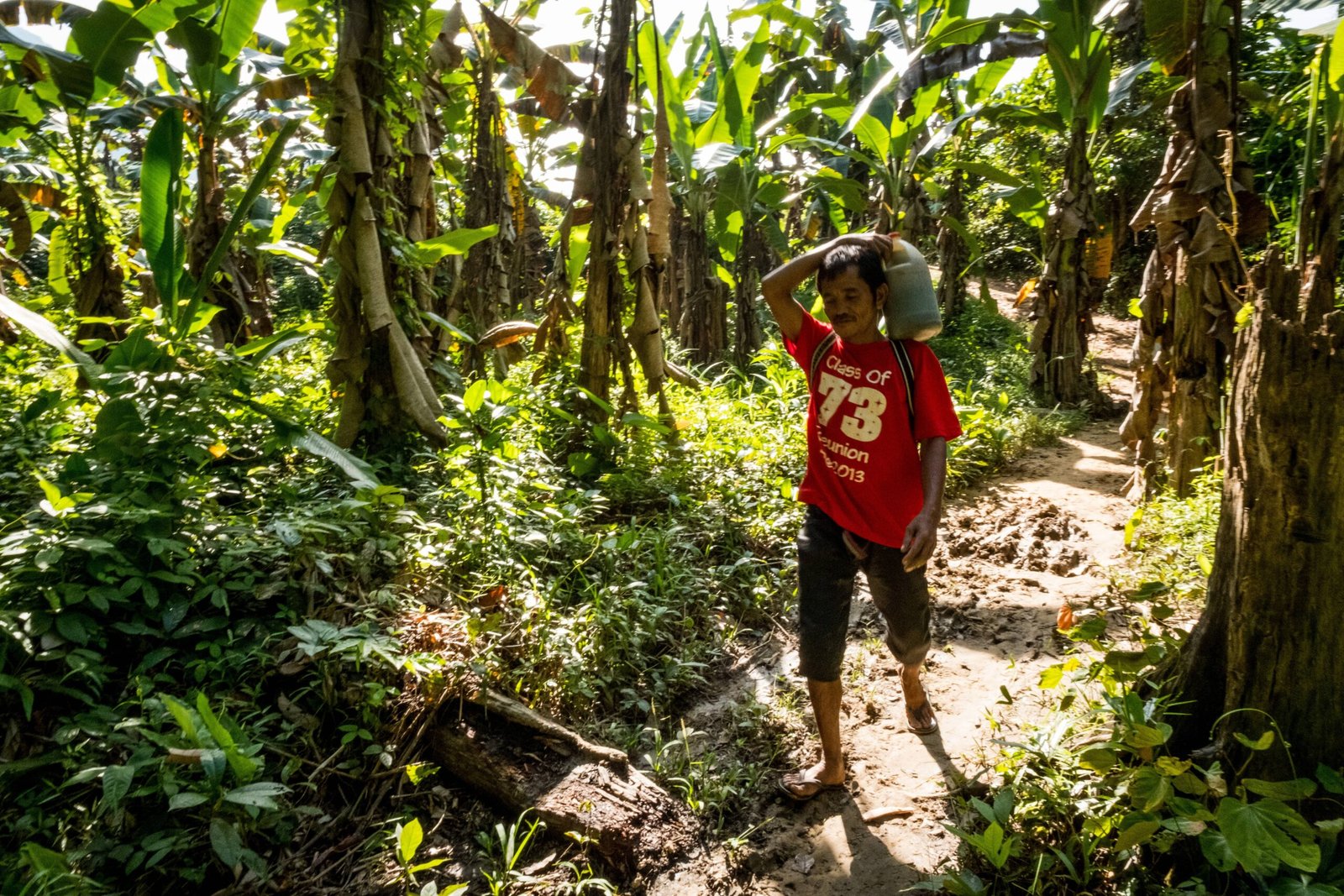
Bananas are more than just food—they’re a vital part of the ecological web in many tropical regions. The Blue Java banana, like other wild and heritage varieties, supports biodiversity by providing habitat and nourishment for birds, insects, and other wildlife. These plants also help maintain healthy soil and prevent erosion. By growing and preserving rare bananas like the Blue Java, gardeners and farmers contribute to the protection of genetic diversity, which is essential for food security and environmental resilience.
Bananas and Climate Change: A Resilient Crop

As the climate continues to change, crops that can adapt to new conditions are becoming increasingly valuable. The Blue Java’s ability to withstand cooler temperatures and brief frosts gives it a unique advantage over other banana varieties. This resilience makes it a promising crop for regions facing unpredictable weather patterns. Scientists are studying the Blue Java’s genetics to understand how its traits might be bred into other bananas, potentially helping to secure the future of banana farming around the world.
The Blue Glow: A Beacon for Pollinators?
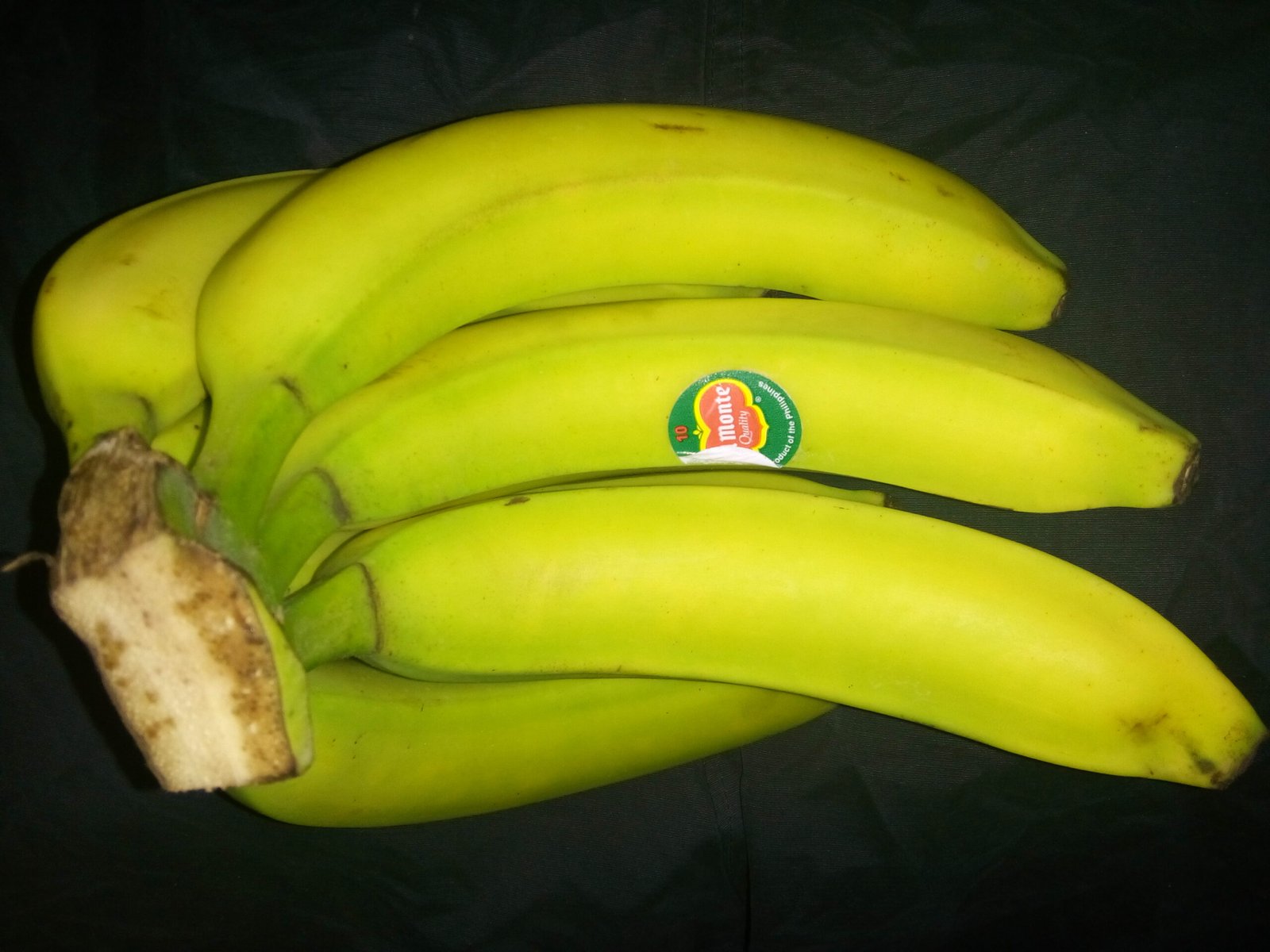
Some researchers have speculated that the Blue Java banana’s fluorescence might serve a hidden purpose. The glow could act as a beacon for pollinators or fruit-eating animals active at dawn or dusk, guiding them to ripe fruit. While more studies are needed, this theory adds another layer of wonder to the story. Nature often uses light and color in surprising ways, and the glowing banana may be sending signals we’re only just beginning to understand.
Banana Hybrids: The Evolution of Fruit
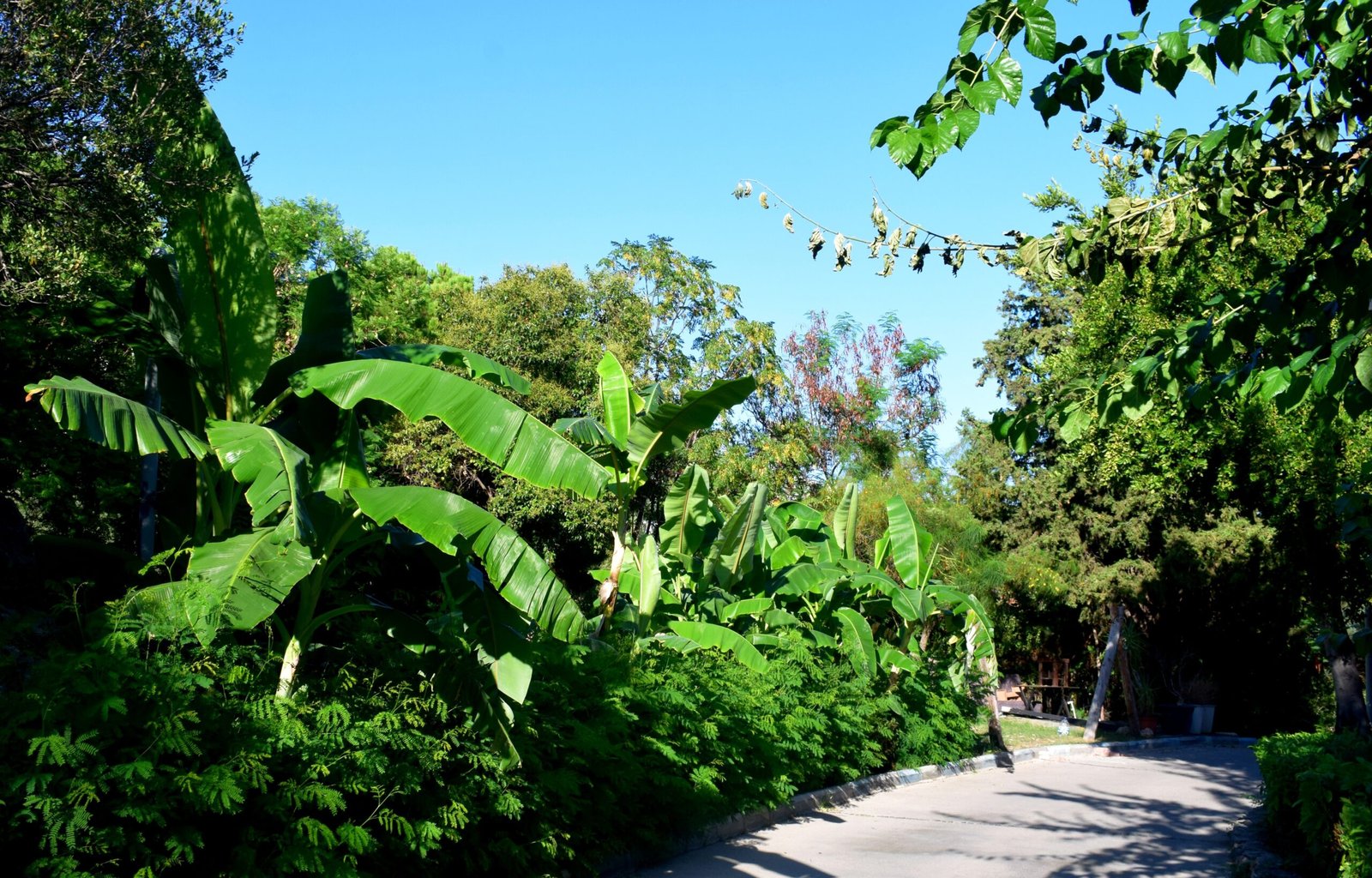
The Blue Java banana is a hybrid itself, created by crossing two wild banana species: Musa balbisiana and Musa acuminata. This genetic blending is what gives the Blue Java its unique flavor and resilience. Hybridization is common in the plant world, allowing species to combine the best traits of their ancestors. The Blue Java’s story is a reminder of how evolution and human curiosity work together to create new wonders, sometimes leading to fruits that taste like ice cream or shine in the night.
The Magic of UV Light in Nature
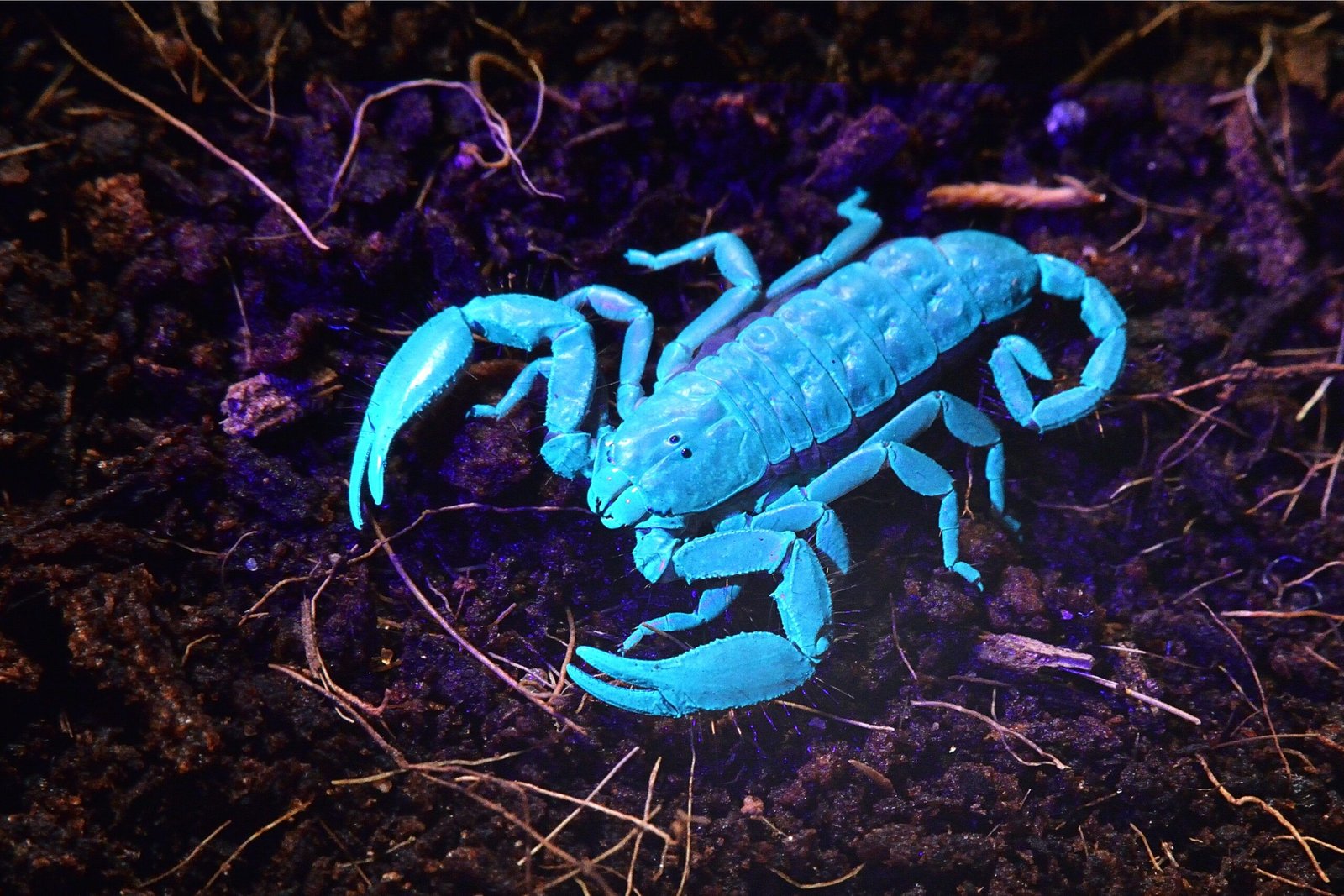
The glowing Blue Java banana is just one example of nature’s hidden ultraviolet wonders. Many flowers, fruits, and even animals have patterns or colors visible only under UV light. Bees and other pollinators rely on these secret signals to find food, while some animals use them to attract mates or warn predators. The Blue Java’s fluorescence connects it to a whole world of invisible communication that happens all around us, reminding us that there’s more to see if we just change our perspective.
Saving Rare Bananas: Conservation Efforts
With so much attention focused on commercial bananas, many rare and unique varieties like the Blue Java risk being forgotten. Conservationists and plant enthusiasts are working to preserve these treasures by growing them in botanical gardens, seed banks, and home orchards. Sharing suckers or seeds with fellow gardeners helps ensure that these magical bananas continue to grow for generations. Their survival is not just about taste or beauty—it’s about maintaining the rich tapestry of life that makes our world so fascinating.



